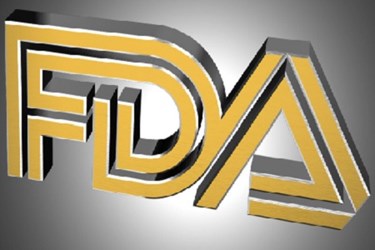FDA Inspections: Where Being Caught In The Act Can Be Good
By Laurel Maloy, contributing writer, Food Online

The doom and gloom voice of the FDA is being tempered with the positive, as FSMA nears its much anticipated finalization and its head honchos can relax enough to look for the good
A recent posting in the FDA Voice was a joint venture by Melinda K. Plaisier and Michael M. Landa. Landa, a widely recognized name, is the Director of the FDA’s Center for Food Safety and Applied Nutrition (CFSAN). Plaisier is the Associate Commissioner for the FDA’s Office of Regulatory Affairs (ORA).
The blog post is a refreshing look at the hard work and dedication of food-safety investigators that are so often taken for granted and, according to Landa and Plaiser, are frequently subjects of derision. “Government employees,” along with the term “Government regulation,” are both topics of cynical, water cooler gossip and contemptuous happy hour conversations. Therefore, a Government employee who is also a Government regulator cannot catch a break.
Related: How To Survive An FDA Audit
Kudos to Landa and Plaisier for lauding the “dedication, skill, experience, physical stamina, and pride” these investigators bring to the job. The two FDA gurus visited a number of food-processing facilities on a recent field trip and caught regulators “in the act” of protecting the public health. A cold storage warehouse in Miami, where approximately 80 percent of the 91 percent of American-consumed seafood is received from importers, was one stop. There, ORA Inspector McCoy is called the “meticulous one” by an employee as he enters one storage section requiring winter parkas for warmth. During this visit, he randomly chooses 18 yellow fin tuna from Surinam for testing. The inspection procedures call for one-pound samples, and miraculously, every single sample McCoy cuts weighs exactly one pound. These samples are then bagged, dry-iced, and shipped post-haste to ORA labs in Atlanta, with the results being returned within 24 hours of sample collection.
Another field stop is at an egg farm in Iowa, a sharp contrast to the cold environment of a seafood warehouse. Here, 480,000 hens produce 144 million eggs annually. It is Jo Close’s job to enforce Title 21 of the Code of Federal Regulations, Part 118, a.k.a. “the FDA’s Egg Rule.” This involves the daunting task of preventing the often-deadly pathogen Salmonella Enteritidis (SE) from entering the egg supply and infecting the public. Sample collection requirements — as well as the protocols for where and how samples are collected and then handled — are tricky. In fact, simply entering one of the hen houses requires Landa and Plaisier to don disposable Tyvek suits, booties, gloves, hairnets, and respirators. These same types of suits are utilized in Ebola-ravaged treatment areas. After being so-garbed, they must both walk through a box of powdered disinfectant, a critical step in the farm’s biosecurity plan, prior to entering the hen house. Close, a lead FDA investigator, talks about how each day is different and how she feels like she is making a difference in people’s lives.
Related: Tips For Complying With New Food Safety Regulations
These are just two instances from this trip into the field that included a blood bank in Boston, a smoked-seafood plant in Seattle, and a juice producer in Philadelphia. Landa and Plaisier found their field experience to be both “humbling and inspiring.” These inspectors and investigators are doing a difficult job with work that requires specialized knowledge, attention to detail, better-than-average pride in their trade, and a really tough skin. These are all good things to remember when the FDA arrives at your facility.
